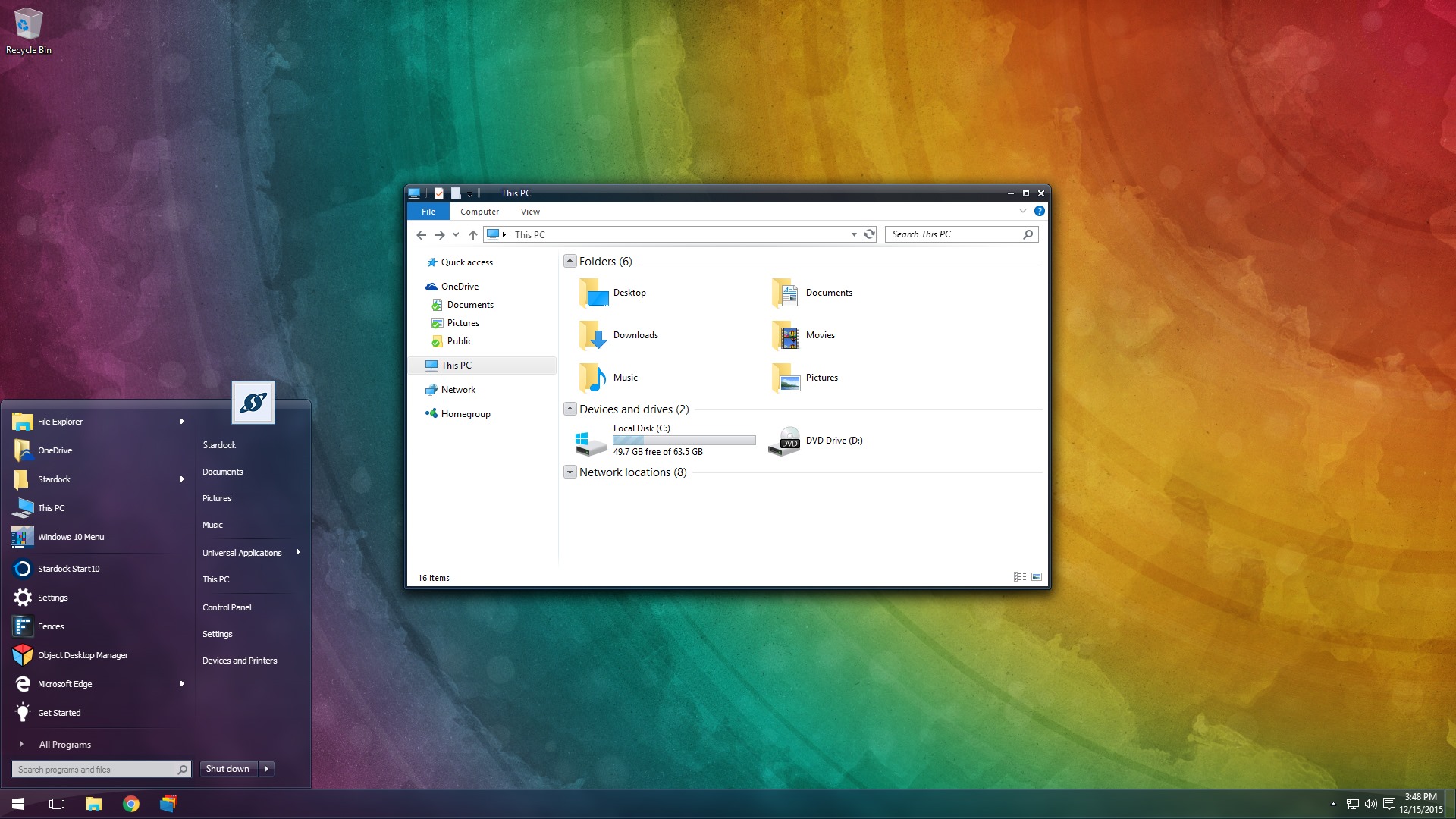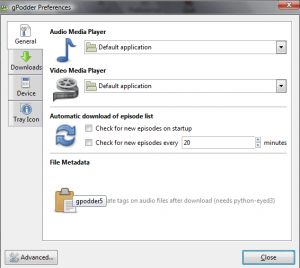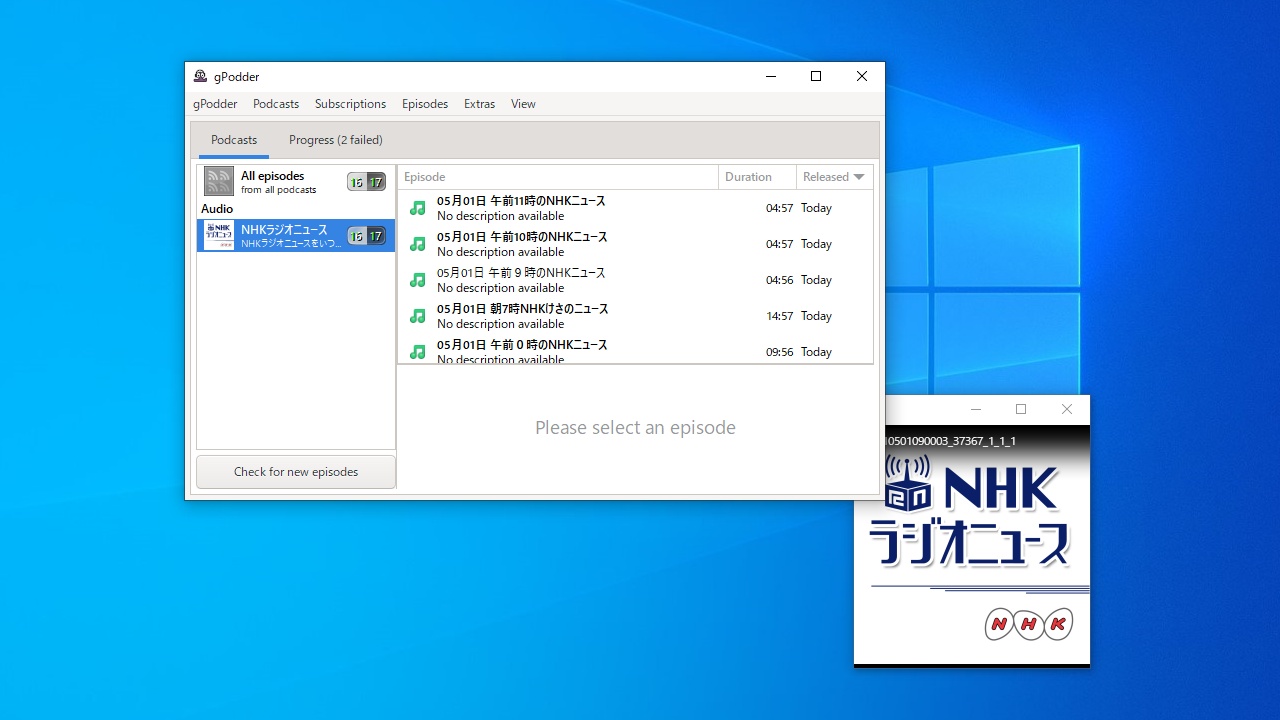

Playlists are created by saving a temporary playlist on the right side of the window as a separate file. Users can also rip CDs directly from within Clementine, although the interface has fewer choices than K3b.įigure 4: One way to use Clementine is to play local files.Īs for playlists, they have their own view on the sidebar. Another improvement is that the Music Library groups tracks using alphabetical delimiters, making scanning much easier if you happen to have thousands of tracks. Those with large music collections will be relieved to know that Clementine scans files at least three times faster than Amarok, so choosing to rescan at each bootup is not nearly as annoying. If you are listening to local files, you can set the hard drive directories to watch for new files in Tools | Preferences | Music Library (Figure 4).

Setting Up ClementineĬlementine caters to several different types of users. I especially like Clementine’s tabbed playlists, which mean that selections can be queued up like a stack of LPs or CDs, with only a click required to change them. Still, although some of the tools are less than optional, on the whole, Clementine preserves Amarok’s tradition of attempting to digitally reproduce the experience of a physical album - an effort that few other music players do as well, or at all. Fortunately, though, the mood bar can be turned off in Tools | Preferences | Appearance. I have always wondered: Why isn't shutting down the window (no matter how you close the window) the default behavior and minimizing a deliberate choice? I also don't see much reason for the mood bar, whose colors supposedly change to reflect the nature of the current song. Admittedly, Amarok’s best guess could occasionally be hilariously wrong, but it was quicker and displayed results in Amarok’s own window.Īnother interface quirk that Clementine does not improve upon is Amarok’s insistence that, unless File | Quit is selected, it minimizes to the notification bar. There, instead of offering and displaying a best guess, like Amarok does, Clementine offers a range of possibilities, which are often so lengthy a list that, by the time you find the right entry, the track could easily have finished. To get lyrics and other information, users must click on a link and go to their web browser. However, one change that is not an improvement is the song info tool. Still, no matter what the appearance, Clementine’s sidebar goes one better than Amarok by adding a file manager to the tool collection. This sidebar has several options, although the most legible, the plain toolbar, is not the default. All of Amarok's most useful tools are still available, but just rearranged more convenientlyįigure 3: The cover manager adds an extra touch to listening to music with Clementine.Ĭlementine has improved the interface by putting all the main features, from accessing the local library to streaming services, on a sidebar on the left. Beside the artist’s name and the track title, the album cover is displayed if you have used Tools | Cover Manager to search for it (Figure 3). Similarly, the artist and track title remain on the bottom left, instead of just flashing for a moment when the track changes, as happens in Amarok. Little-used context, such as tours by the current artist, is no longer available at all, although few users are likely to miss the omissions. Some of the context information is moved to the left-hand sidebar. Sensibly, Clementine does away with this awkward arrangement (Figure 2). That placement meant that tracks had to be dragged from the left-hand pane across the context pane to the playlist in the right-hand pane.

The InterfaceĪmarok’s best-known - if not most notorious – quirk is the default placement of the context pane, which displayed lyrics and other information about the current track, in the middle of the window (Figure 1). As a result, the transition was as painless as could reasonably be expected. In fact, except for a few rough edges, Clementine is an improvement over Amarok, with a more traditional arrangement of features, and, often, better performance. For all my grumbling, I had to admit that the transition was smooth. Under these circumstances, Clementine is an obvious replacement. The last release was 20 months ago, and people are asking if it is still an active project. Amarok development has slowed as the project struggles to produce a version for Qt 5 and KDE Frameworks 5. Over the years, I’d become used to Amarok, and seeing it vanish without a warning was disquieting. Since I have used Amarok as my music player for the better part of the decade, I was annoyed, to say the least. When I upgraded to Debian 10 a few months ago, I discovered that Clementine had replaced Amarok without asking me.


 0 kommentar(er)
0 kommentar(er)
